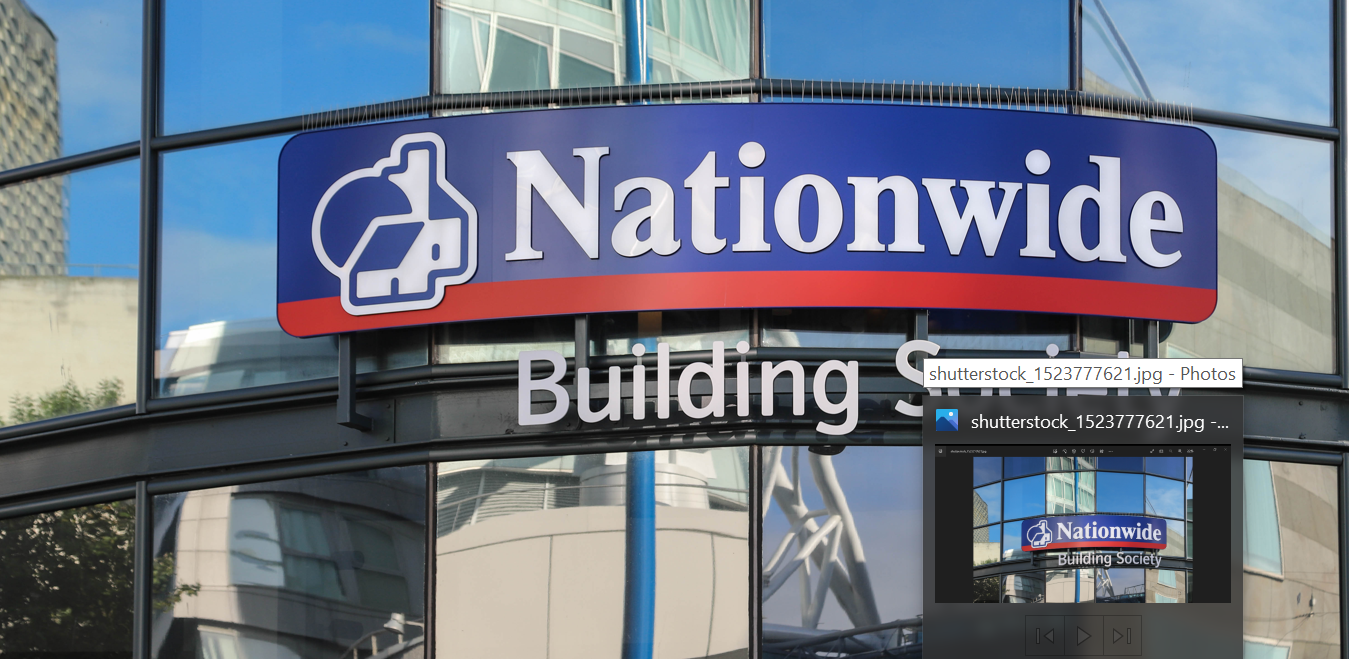
Nationwide has renewed its branch promise, bucking the trend of UK financial institutions to shrink their branch network. Specifically, Nationwide will not leave any town or city in which it is based until at least 2026.
The society continues to invest in branches because it says consumers want face-to-face service as well as digital banking. Over the past three years Nationwide has invested more than £46m in keeping, rather than closing, its branch network.
Debbie Crosbie, CEO of Nationwide Building Society, said: “Nationwide is different. We give customers a choice about how they do their banking and we support the British High Street. Because our customers value face-to-face contact, and we’re owned by them, we act in their interests.”
Nationwide branch strategy contributes to market share gains
Despite online options, branches continue to be popular says Nationwide. Almost half of openings of the recently launched Nationwide Fairer Share Bond were arranged face to face. In addition, 36% of current accounts have been opened in branch so far this year. Branches are also popular for when customers need advice and support, such as when a complex transaction needs to be made or customers want to discuss a worry.
Nationwide has recently conducted additional research to capture the importance of branches on Britain’s high streets. According to Nationwide, the majority of people (63%) value their local branch. When asked why they value branches, 40% cited face-to-face service. Some 36% said they are beneficial for older people or those with vulnerabilities. More than a third (35%) value their branch due to it enhancing their local high street. Meantime, 34% say branches are good for talking through financial worries.
Chase, Nationwide highlight success of multi-channel strategy
In the US, GlobalData research reveals a similar picture. According to GlobalData’s 2022 Financial Services Consumer Survey, 58% of US consumers agreed with the statement “I do not want to use a bank that has no branches.” Only 20% of consumers disagreed. When looking at the channel usage patterns of both these groups the explanation for these responses becomes obvious.
Of the 58% who showed a strong preference for branch access, 72% reported using a branch at least once a month. By comparison, among the 20% that disagreed with the statement, monthly usage dropped to 44%. Overall, 42% of US consumers both make regular use of their bank’s branch network and are discomforted by the idea of a bank being unable to offer access to such a network.
The top reasons for visiting a branch are paying in or withdrawing cash (54%). Checking balances (30%), financial advice (19%), opening an account (19%) and discussing financial difficulties (12%) are also cited.
Nationwide – a decade of market share gains
Nationwide is the big winner in the past decade in the UK since the launch of seven-day current account switching. The UK’s largest building society regularly tops the quarterly numbers for most net gains of current account customers. In addition to maintaining its branch network. Nationwide regularly offers the most generous account switching incentives. In 2013, Nationwide held a current account market share of about 6.2%. Today, that figure has risen to around 10.5%.
In the US, Chase has also bucked the trend to shrink branch network sizes aggressively. And as with Nationwide, Chase highlights market share gains, partly attributed to its branch strategy.
Back in 2012, at a time when branch closures at its rivals started to accelerate, Nationwide kicked off a branch refurbishment programme. At that time, Nationwide’s branch network comprised around 700 outlets. Since then, the Nationwide branch network has inched down to 625 outlets.
By stark contrast, HSBC has for example reduced its branch network from 1,501 outlets to 327 branches. Among the challenger sector, Cooperative Bank is down from 355 to 50 branches. Virgin (previously Clydesdale/Yorkshire Banks) has closed more than two-in-three of its branches over the same period.
Nationwide’s decision to extend the Branch Promise and support the high street is endorsed by SaveTheHighStreet.org. They have called on other major high street names to do the same.
Alex Schlagman, Co-Founder of SaveTheHighStreet.org said: “Nationwide’s renewal of their Branch Promise comes at a good time. These branches add valuable services to local consumers and businesses alike when so many are impacted by the cost-of-living crisis. We would like to see other large brands putting their name to protecting our high streets across the UK.







